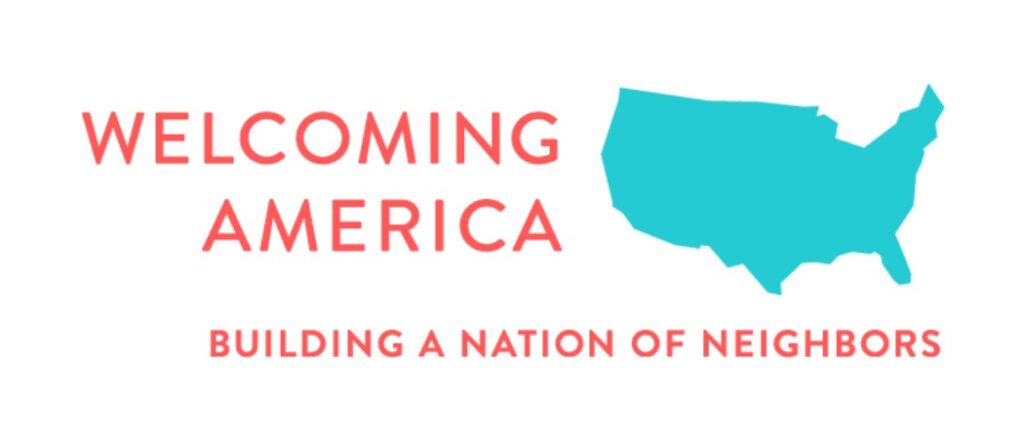
On July 25th, a federal judge issued a decision blocking a rule implemented by the Biden administration earlier this year which allows immigration officials to deny asylum to immigrants arriving at the U.S.-Mexico border without first applying for an appointment via the CBP One app or seeking asylum in a country they passed through on their way to the southern U.S. border. The judge also issued a stay which delays the ruling from taking effect for two weeks so that the Biden administration can appeal the decision. This means that the rule restricting asylum access remains in force for at least the next two weeks. The Justice Department submitted a request to the judge asking that he increase the length of the stay while they appeal his decision.
What is the asylum-related rule at the center of these current court proceedings?
This rule, referred to by many as an “asylum ban,” is strikingly similar to two previous attempts under the Trump administration to institute rules severely limiting access to asylum. While the rule is not a total asylum ban, the process of even applying for this humanitarian protection has become significantly less accessible. This rule, titled “Circumvention of Lawful Pathways,” established a “rebuttable presumption of asylum ineligibility” for anyone who passes through another country to reach the U.S.-Mexico border without first seeking protection there. Exceptions can be made for some “extremely compelling circumstances” and children traveling alone are also exempt. But in essence, the majority of immigrants arriving at the southern border who wish to seek asylum will be denied that opportunity under this rule.
Immigrants’ rights groups sued to block the rule and argued that it violated U.S. asylum laws that protect the right to asylum, regardless of how a person enters the country. They argued that under the Biden administration’s rule, immigrants were forced to seek protection in countries that may not have the same robust asylum system and human rights protections as the U.S. and that the new process leaves them unprotected, in a dangerous state of limbo. Additionally, they argued that the CBP One app that the U.S. government wants immigrants to use to apply for appointments to seek asylum at a port of entry has caused unacceptable problems from the outset as it frequently crashes, does not have enough available appointments compared to the level of demand, and is only available in limited languages.
In implementing the rule, the Biden administration emphasized complex dynamics at play with the U.S. immigration system and said that the rule was a key part of its strategy to strike a balance between strict border enforcement and making alternate options available for immigrants to enter the country via humanitarian parole and other pathways and to pursue valid asylum claims via the new system.
What’s going to happen with asylum processing at the southern border now?
The judge’s ruling found that the Biden administration’s asylum restrictions under the “Circumvention of Lawful Pathways” rule violate the United States’ legal obligations to allow those fleeing violence or in fear of persecution to request humanitarian protection on American soil. His ruling means that the judge determined the rule to be unlawful and will stop it from being utilized. However, the judge suspended his ruling for two weeks to allow the Justice Department to file an appeal, which the administration made immediately clear that it would do. They are also seeking a longer suspension of the ruling while they work on the appeal. This means that the restrictions on asylum under this rule will continue until at least August 8, 2023.
The Biden administration has indicated that it will continue to defend the rule restricting asylum. Whether or not the judge’s decision to block the rule goes into effect, the CPB One app, various new parole processes, and other previously existing pathways to enter the United States will still be available. However, the restrictions caused by the rule often results in the denial of a meaningful opportunity for immigrants to seek asylum and can also lead families, children, and adults left to wait outside of the United States where many immigrants face dangerous conditions and horrific violence, which is why advocates have been speaking out against it.
Immigrants’ rights advocates will continue to argue for the rule to be blocked and for the administration instead to focus on ways to support the work that communities and organizations across the country are doing to welcome the arrival of people seeking asylum and safety. This includes calling on the Biden administration to allow people to access the regular asylum process, expand safe migration pathways, build infrastructure at U.S. ports of entry, and coordinate with and provide funding to nonprofits, community-based organizations, and state and local governments that are welcoming immigrants into their communities.
Where can I find more resources to help understand and talk about this ruling?
- Read the court’s ruling, East Bay v Biden
- CBS News, “Judge Rejects U.S. Asylum Restrictions”
- Welcome With Dignity’s, “How to Talk About Biden’s Asylum Ban Toolkit” including:
- Policy Analysis
- Reshaping the Narrative
- Solutions, Values, and Welcoming
